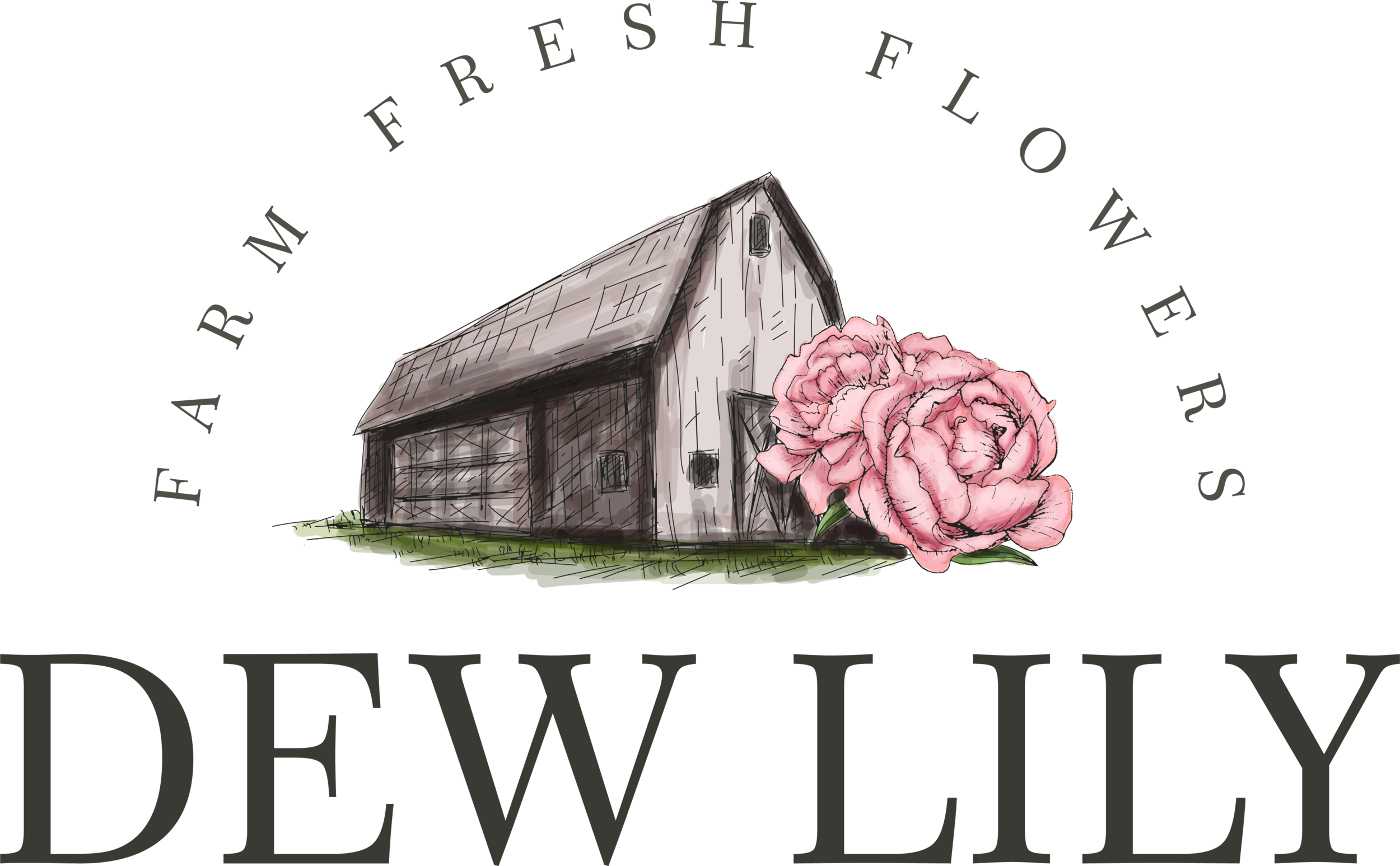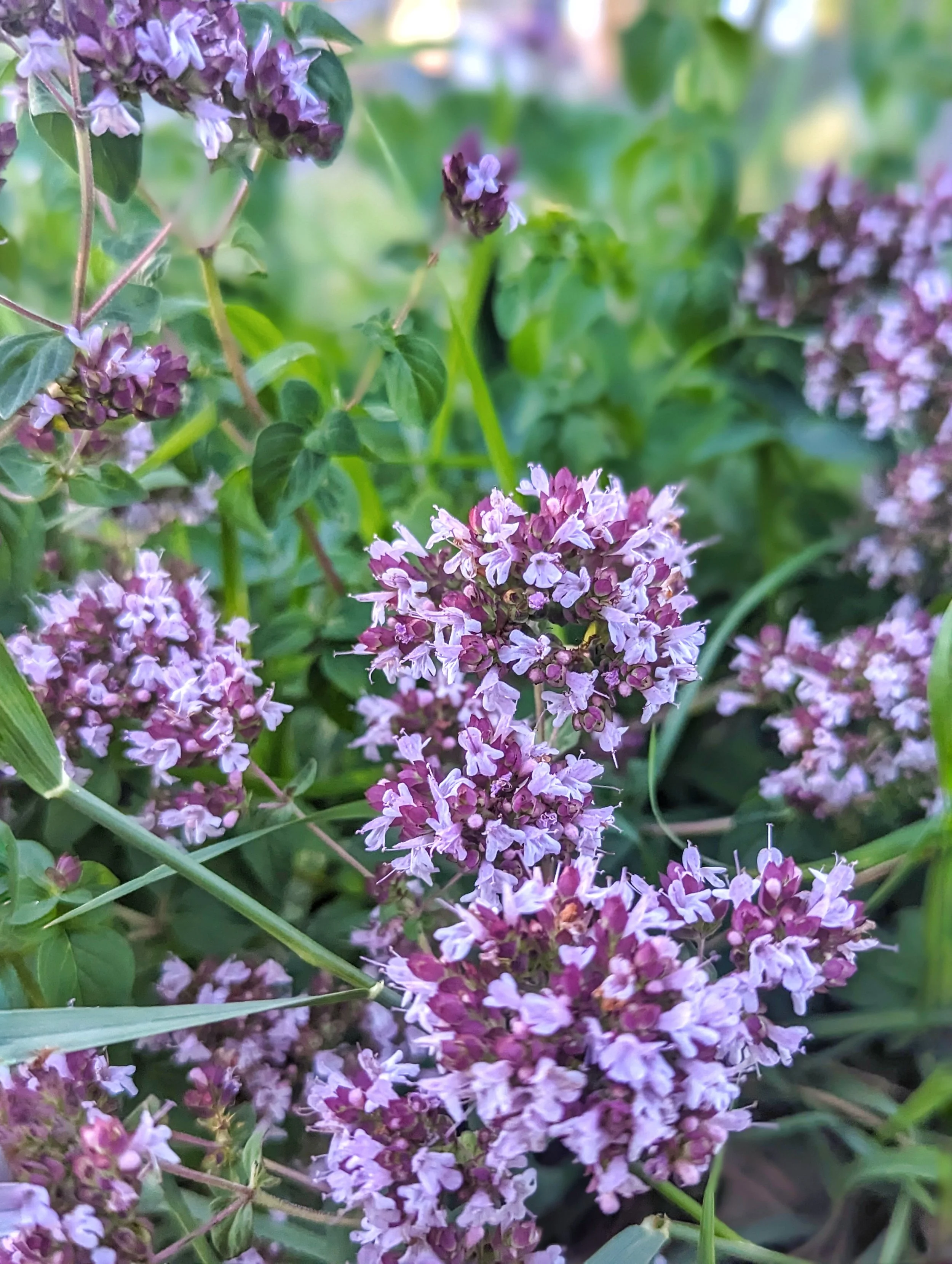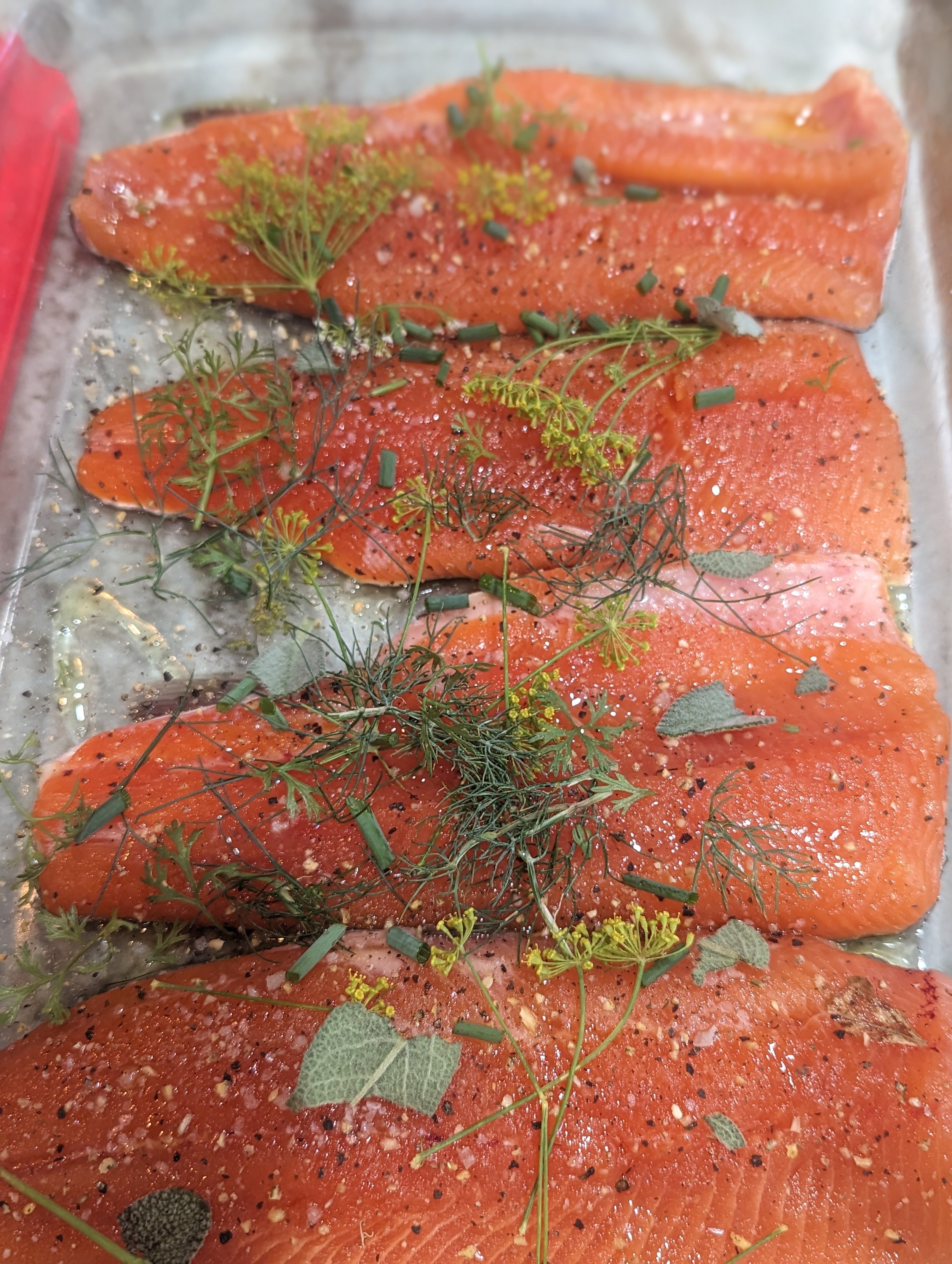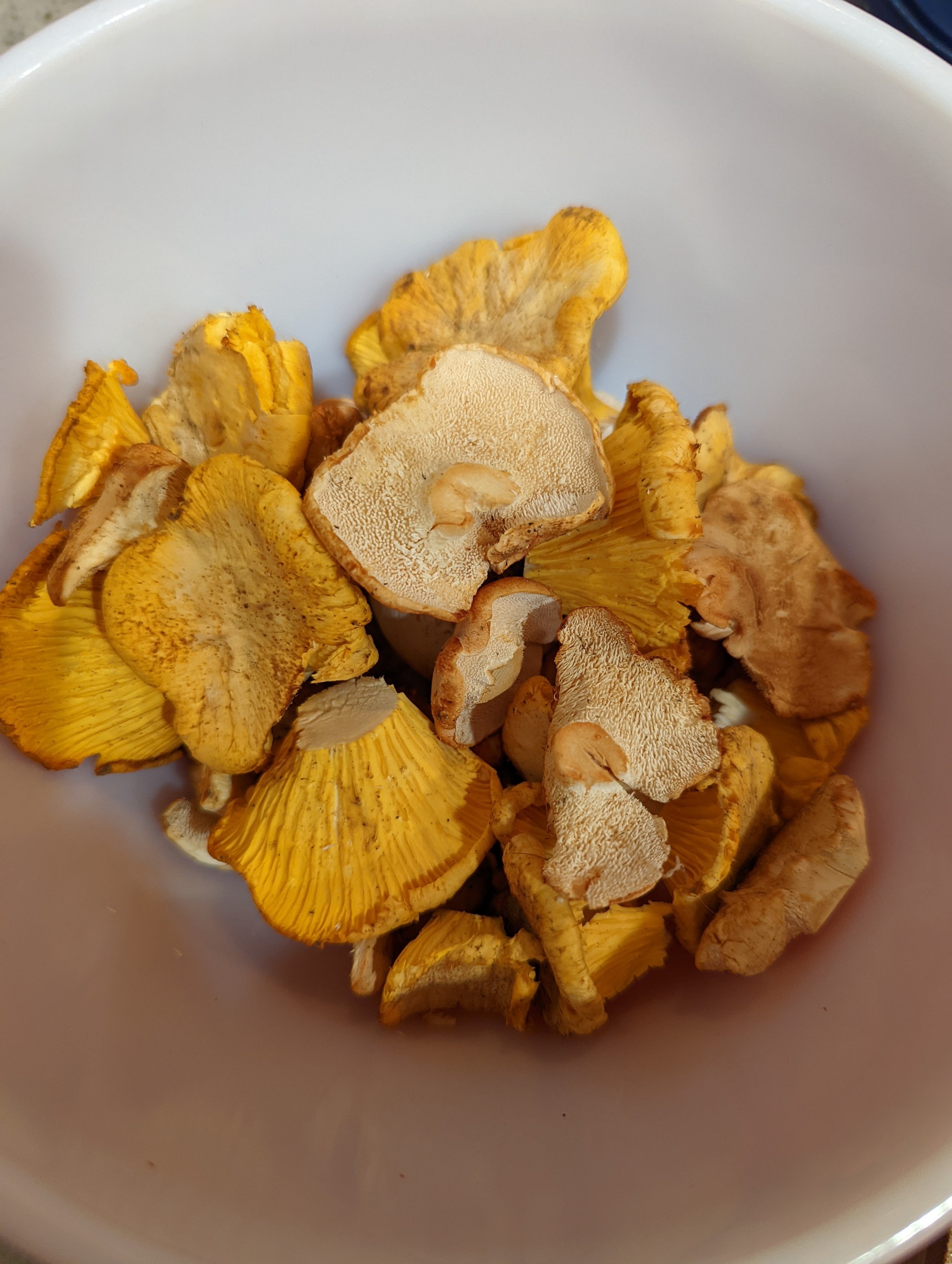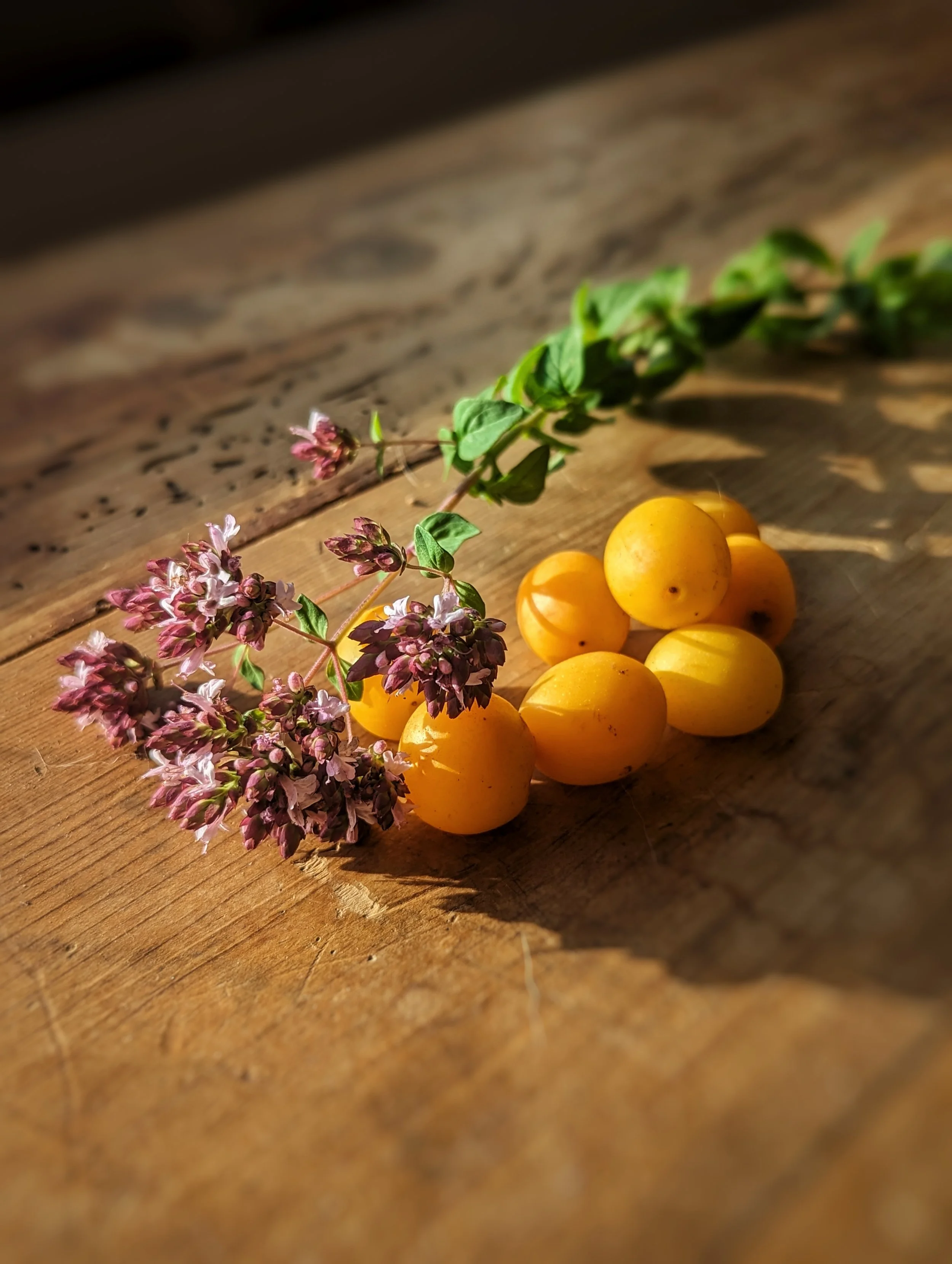All About Marjoram from the Kitchen to Your Medicine Cabinet
Marjoram is an herb similar to oregano but much milder and sweeter in its flavor and aroma. Native to the Mediterranean and Eurasia, its name is Greek and means brightness, joy, or beauty of the mountains.
The written history of the herb dates back as far as The Roman Empire, where, in addition to culinary uses, it was also used to ease menstrual pain. It’s popular in traditional Hebrew cooking, along with rosemary and thyme. Prior to written records, we know that indigenous people throughout the world use herbs medicinally, including marjoram. There’s evidence of the herb being used for medicinal purposes from Ancient Babylon, Egypt, throughout Greece, and Asia.
marjoram represents happiness, youth, beauty, and joy
Growing & Using Marjoram
In my garden, it’s one of the first to sprout in the spring, is slow growing, but returns every year. Often classified as an annual, it’s actually a tender perennial, as it isn’t able to overwinter in many areas. Its leaves are soft and give off a pleasant aroma. As the summer progresses, it produces lovely purple flowers. This herb can be used in the kitchen, in cosmetics, and as a medicinal herb.
Marjoram can be started from seed, root divisions, or taken as a cutting it can be propagated. The seeds are small and best started indoors. Originating from the Mediterranean area gives us clues about how marjoram may like to grow:
sunny but temperate
not too hot, not too cold
well-draining soil
requires moisture, but will tolerate drier times
Once established, pinching the tips will encourage a more bushy growth habit and increase production. Try to overwinter this tender perennial if you are in zone 6 or above, or transfer it to a pot and bring it indoors for the winter.
Using Marjoram in cooking
I enjoy using marjoram, both fresh and dried. If you have access to the fresh herb and can’t use it in time, place the leaves in a cool, dark, and airy location. Once all moisture has left the plant, store it in a dark location in an airtight jar. Marjoram does have a bit of a stronger flavor profile once dried - which is why most recipes often call for “a pinch.”
Dried marjoram can be added to herb mixes like the classic Herbs De Provence or a simple herb poultry mix.
Herbs De Provence Ingredients:
oregano
rosemary
thyme
savory
marjoram
French Lavender (though any edible lavender would be great!)
Simple Herb Poultry Mix Ingredients:
sage
thyme
marjoram
Both of these simple yet delicious dried herbal blends can be made easily and used throughout the year. Fall is a great time to stock up on fresh herbs to dry and use in your own creative kitchen endeavors.
Marjoram compliments beef, pork, fish, poultry, mushrooms, and wild game. The flowers and leaves can be used to garnish and flavor casserole, egg dishes, salads, soups, stews, sauces, and stuffings. I particularly enjoy using it in quiche, with pork, fresh fish, wild game, and a variety of fresh veggies.
Pairing well with citrus and mushrooms means that in the fall, marjoram is calling to be used most with fish, wild game, and foraged mushrooms.
Because of its relationship to oregano, you can add or substitute marjoram for oregano. I will often add both to any Italian dish.
On a charcuterie board, consider adding marjoram to cream cheese or any softer cheese. The flowers are edible as well and make for a lovely color addition, texture, and flavor not often found in common edible flowers. Marjoram works well in both vinegar and oil infusions in the kitchen for cooking and for medicinal uses.
Marjoram in desserts, a perfect compliment to fall fruit in Colorado
Using an herb like marjoram in desserts may sound suppressing, but is quite traditional. It’s on my fall to-do list to crystalize marjoram along with rose petals and other edible flowers.
Marjoram can be used in the making off or added to:
ice creams
tarts
pies
custards
For an extra pop in your desserts, infuse your eggs with marjoram. Simply place the eggs you’ll be using in a glass container along with fresh marjoram (rub the leaves and flowers first to release the scent), cover, and place in the refrigerator for at least 24 hours. Best done with farm fresh eggs that have not been pasteurized, the flavors of the marjoram will infuse into the eggs!
If you are making jams and jellies, consider adding marjoram to a savory or tart jam that will then be useful in braising meat.
Traditional Uses of Marjoram in the Home
Around the home, marjoram was used in potpourri and satches, or stored in hope chests. Likely because of its ability to repel insects, along with its traditional association with love, protection, purification, healing, and happiness. You can add a sprig to your bath water (if you don’t want the mess, use a tea strainer or mesh bag.)
Medicinal Properties and Health Benefits of Marjoram
Falling into the herbal category of nervine, marjoram is an herb that can strengthen the nervous system and help combat anxiety and stress. It is antiseptic, anti-fungal, anti-inflammatory, antimicrobial, antiviral, and has antioxidant properties! Marjoram offers digestive, heart, and respiratory benefits. It’s said to help equalize hormones, regulate blood sugar, and lower blood pressure. It is an emmenagogue, meaning it can stimulate blood flow in the pelvic area and uterus; this herb is not recommended for use during pregnancy. Historically, marjoram was used in Rome to relieve menstrual pain, promote urination, and relieve pain from injuries and bruises. There are mixed suggestions on using marjoram during your menstrual cycle, some suggesting it and others advising against it.
Nutritional Values of Marjoram:
High in calcium, magnesium, potassium, folate, vitamin A, vitamin C, and Vitamin K. Marjorm contains copper and iron as well as many minerals, amino acids, proteins, tannins, and flavonoids.
“It is indeed one of the most sedative herbs I know, soothing for people who cannot sleep owning the pace of life today, soothing for those suffering from the pangs of love, for jagged nerves, for feverish excitement...”
“Owning to the pace of life today…” If that doesn’t sell you on the benefits and amazingness of marjoram, I’m not sure what would! The insight from Maurice Mességué inspires me to create an infusion with rose, marjoram, and possibly lemon balm to comfort the heart, ease the mind, lessen the grief of love, and inspire a peaceful mood. Infusions can be created in oils, apple cider vinegar, high-proof alcohols, glycerin, or simply as a cup of tea.
Consider adding marjoram to herbal steams for coughs and colds. Traditionally, it has been used as a tea to help relieve flatulence, nausea, menstrual pain, anxiety, and asthmatic complaints.
However you decided to use marjoram, keep in mind that while it is a middle herb, it is a strong medical herb - the “pinch” called for in most cooking recipes applies to herbal remedies as well. For example, a marjoram gargle can be made using 1/8 cup of dried herb to 1 pint of water. Infuse, gargle, and do not swallow.
